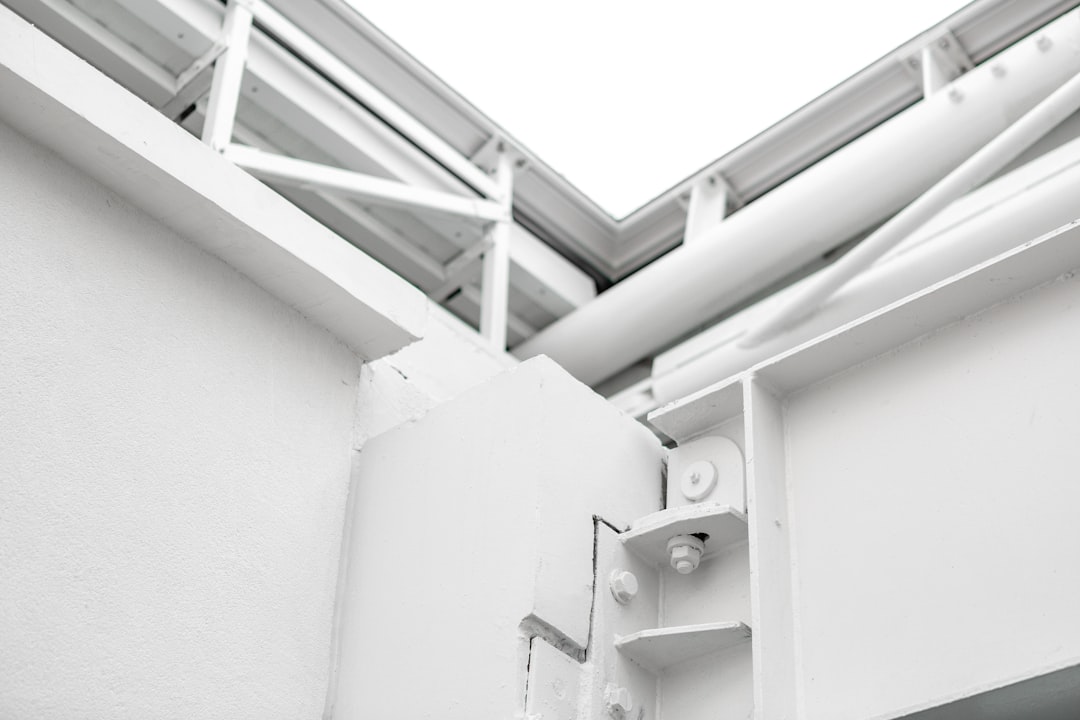Residential Gas Dryer Installation: A Professional's Guide
Installing a gas dryer in residential builds requires precision and adherence to code standards. The costs for a typical installation range from $725 to $1,050, including materials, labor, and permits. This guide provides a comprehensive overview of the process, leveraging advanced tools to ensure accuracy and efficiency.
Why Choose a Gas Dryer?
- Faster drying cycles reduce utility costs by up to 30%.
- Lower electrical loads allow for downsized panels.
- Moist heat is gentler on fabrics, minimizing damage.
Permitting and Code Considerations
- Verify local codes for vent lengths and combustion air requirements.
- Obtain necessary permits; include these in estimates.
- Schedule inspections using a project calendar.
Common Code Pitfalls
- Avoid using single-wall venting in unconditioned spaces.
- Ensure vent lengths do not exceed limits without a booster fan.
- Install a shut-off valve within 6 feet of the dryer.
Material Takeoff Powered by AI
Use a blueprint dashboard to generate an itemized list with a voice command. Typical components include:
- 12 ft ½-inch CSST with fittings
- 1 ball valve with lever handle
- 4 elbows rated 90 °C
- 18 ft 4-inch rigid metal vent
- 1 backdraft damper & wall cap
Step-by-Step Installation Overview
- Rough-in the gas line with CSST or black iron.
- Frame the vent path with proper slope.
- Install exterior termination with a code-rated wall cap.
- Conduct a pressure test and log results.
- Set and level the appliance.
- Connect gas whip and vent, testing all joints.
- Commission the dryer and upload results.
Estimating Costs with Real-Time Pricing
Live pricing updates ensure accurate estimates. Typical costs include:
Typical Cost Breakdown (Mid-Range Home)
- Materials: $310 – $425
- Labor: 4–6 crew hours
- Permits & Inspection: $90 – $150
- Total Installed Price: $725 – $1,050
Safety First—Non-Negotiable Practices
- Bond CSST according to manufacturer instructions.
- Maintain vent distance from windows and doors.
- Keep combustibles away from single-wall sections.
Integrating the Install into a Wider Project Schedule
Coordinate plumbing, HVAC, and carpentry tasks using Gantt charts to prevent conflicts.
Pro Tips from Field Specialists
- Pre-assemble vent sections to verify alignment.
- Add an inline lint trap for long vent runs.
- Offer accessory steam kits with auto-updated BOM.
Documenting the Job for Future Service
Capture photos of connections in an app for future reference.
Final Inspection and Handover
Export compliance packets for inspectors and homeowners, ensuring all documentation is complete.
Case Snapshot: Efficient Estimating for Multiple Homes
A Portland developer utilized advanced tools to estimate gas dryer installations across four homes, completing the task in just 42 minutes compared to two days with traditional methods.
Workflow Highlights
- Voice Command Takeoff identified vent routes and material counts.
- Instant Supplier Sync provided live pricing from distributors.
- Margin Guardrails ensured profit targets were met.
- Permit Auto-Populate eliminated math errors.
Results
- 12 labor hours saved
- $420 in material savings
- Zero change-orders related to venting or gas line placement
What This Means for Your Business
Enhance efficiency for custom homes and remodels, ensuring productivity and compliance.
Next Steps
- Explore live demos at CountBricks.com
- Upload plans for a sample takeoff
- Book training sessions for your crew

